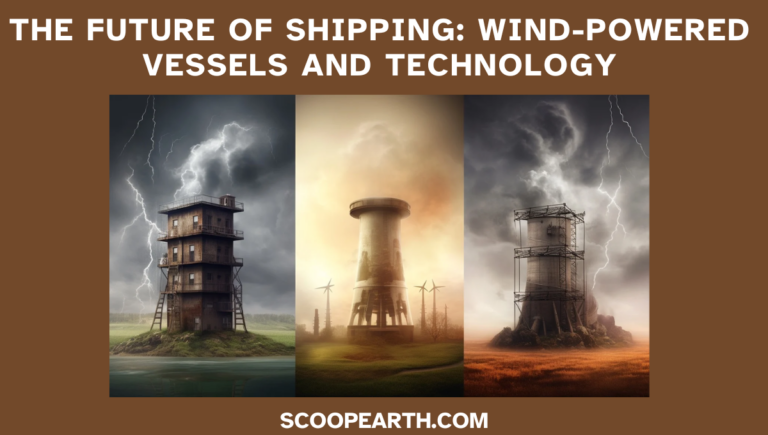Monday, 24 July 2023, Bengaluru, India
Future developments in wind-powered ships and associated technology are anticipated to transform shipping. By utilizing the energy of the wind, a plentiful and sustainable resource, ships may be propelled across seas using this cutting-edge technique of marine transportation. This invention is projected to not only dramatically reduce the shipping industry’s carbon impact, but also to offer a workable alternative to ships that use traditional fuel.
The concept of wind-powered ships is not entirely new. In reality, ships have relied only on the wind for propulsion for eons. Wind-powered ships progressively lost favour, though, when steam and diesel engines developed in the 19th and 20th centuries, respectively. The maritime sector is once again looking to the wind as a stable source of electricity in light of the pressing need to stop climate change and the rising expense of fossil fuels.
The maritime sector’s emissions of greenhouse gases are anticipated to be greatly reduced by wind-powered ships. The industry’s current 2.5% contribution to global CO2 emissions is expected to rise in the absence of action. However, when in operation, wind-powered vessels produce no emissions, offering a sustainable solution to this environmental issue.
There are currently several wind-powered ship designs under consideration. Some designs, with their big sails or wind-catching kites, are reminiscent of old-fashioned sailing ships. Some, which use cutting-edge aerodynamic concepts and materials, are more futuristic. One such design is the rotor ship, which produces forward thrust using tall, rotating cylinders. Another is the wing sail, which functions like a fixed aeroplane wing and produces lift in a manner akin to how an aeroplane takes off.
Making wind-powered ships a reality requires the application of cutting-edge technologies. Modern sails and rotors are made of lightweight, strong materials like carbon fiber and sophisticated composites. To maximize efficiency, sophisticated control systems are being developed to automatically adjust the sails or rotors to the shifting wind conditions. Additionally, hybrid systems are being developed that can transition between using regular engines and wind power, guaranteeing reliable operation regardless of the weather.
Wind-powered boats have many advantages, but there are still difficulties to be solved. Due to the superior technology used, the initial cost of these vessels will probably be higher than that of conventional ships. Operational issues include the requirement for knowledgeable crew members who can handle the particular requirements of wind-powered vessels. These difficulties can be overcome as the technology develops and becomes more widely used, thus they are not insurmountable.
The use of technologies and ships driven by wind holds promise for the future of shipping. The shipping industry is essential to lowering greenhouse gas emissions as the globe struggles to cope with the effects of climate change. The sector may increase its economic sustainability while simultaneously fulfilling its environmental obligations by harnessing the power of the wind. Indeed, there are winds of change sweeping across the shipping sector, and they are moving toward a future that is cleaner and greener.
[Source of Information: energy portal.eu]
As a highly skilled and experienced content writer, I have a passion for creating engaging and informative content that connects with audiences and inspires them to take action. With over 1 year of experience in the industry, I have honed my writing skills to craft content that is both effective and SEO-friendly.
